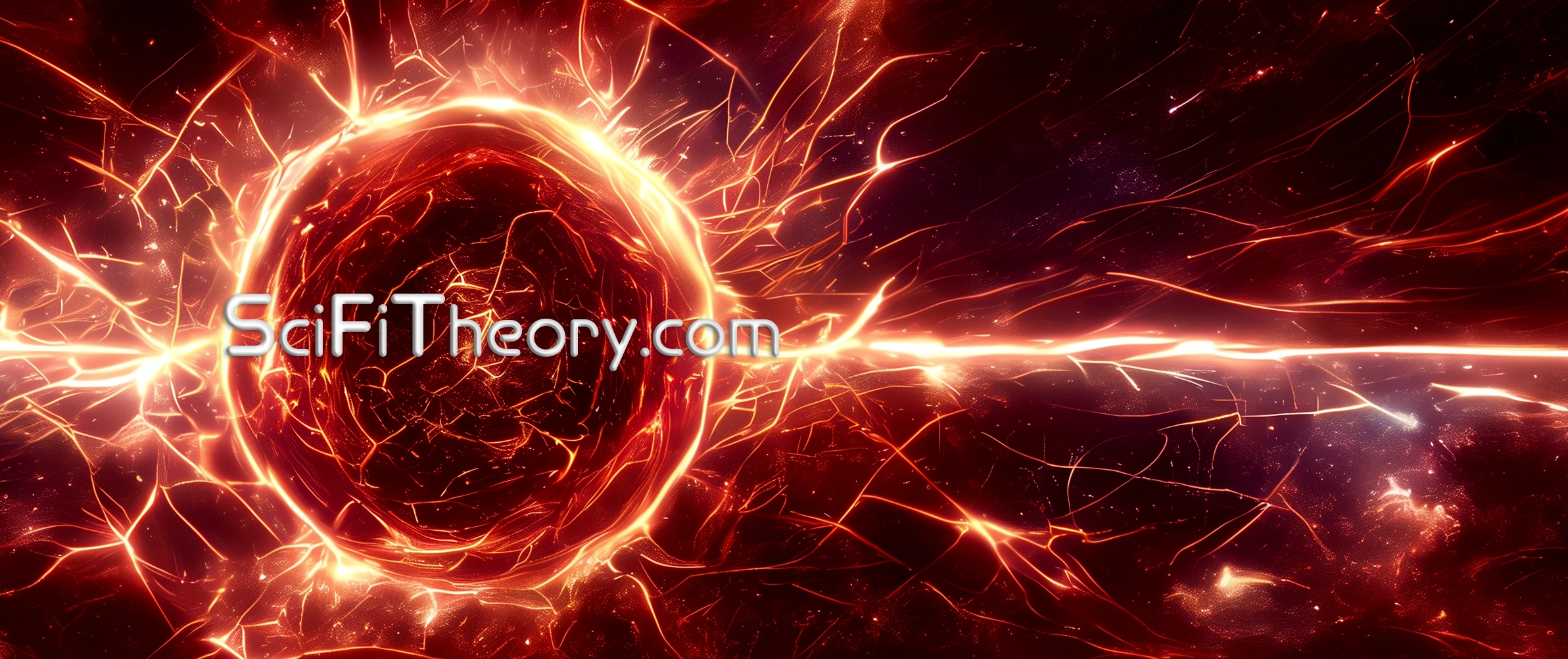Currently, I’m in the process of raising funds to establish a 501(c)(3) nonprofit focused on preserving human-driven science fiction storytelling, countering the increasing use of AI in the genre. I’m exploring several nonprofit incorporation options, leaning towards one that could allow for some level of political involvement. I believe this cause will become more relevant over time, especially as AI’s role in creative fields grows. To address these challenges, the organization may need to engage politically at some level, particularly if we adopt a collective approach.
This document, still a work in progress, reflects my initial vision. While it’s currently my solo effort, I’m gradually developing a framework for broader community involvement. Ultimately, I see this project as a decentralized endeavor, possibly based on blockchain technology, with community-driven governance akin to an open-source model.
For security, I’m thinking of it as a “digital Hilltop” or “Alexandria” from The Walking Dead — a secure, walled community but in terms of digital firewalls to protect against “roaming zombies” (or bots). My long-term goal is an endowment that outlasts me, structured to be self-governing and adaptable to our evolving digital landscape. I envision a board that balances traditional governance with modern, token-based community engagement.
Language Choice
Throughout this document, I alternate between “I” and “we.” The “I” reflects my solo involvement at this early stage, while “we” anticipates future contributors. When I begin inviting participation, contributors will have the option to remain anonymous or publicly endorse the project, creating a “supporter list” similar to Santa’s list of the good boys, girls, and others.
At this point, I haven’t started listing financial contributions or investments, though transparency will increase as we gain nonprofit status. The strategy is inspired by the “HODL” model in cryptocurrency, emphasizing both capital appreciation and reinvestment through a dividend reinvestment program (DRIP). For now, I work full-time and fund this initiative myself, with a long-term view on establishing salaried positions once feasible — especially in DevOps, my area of study.
Fundraising Strategy
The main fundraising strategy currently revolves around NFTs. With a background in visual arts, I plan to expand our funding options into thoughtfully linked memecoins or even an Initial Coin Offering (ICO) when appropriate. The goal is to ensure the project’s stability and viability over time, with a strict no-deception policy. When the project reaches full maturity, it must be trustworthy and transparent from top to bottom.
For those interested in contributing, wallet addresses will be provided. Donations of any size are appreciated, and funds will be consolidated and allocated toward selected projects, with records accessible to the community. Currently, I’m using multiple hardware wallets (two Ledgers and one Titan) for short- and long-term holdings. Periodic withdrawals may occur during market highs to sustain operations, with long-term funds stored in cold wallets.
Background
My personal investment background spans over 30 years, with experience in traditional finance (TraFi), where I invested early in companies like Microsoft and Apple and executed millions in transactions in the 2000s. I’m now focused on technology, biotech, and securities that offer dividends. The principles I’ve honed in traditional finance inform my strategies in decentralized finance (DeFi), where my focus remains on both protecting and growing capital.
Project Focus: DeFi and Blockchain Investments
These are some of the projects we’re interested in for staking and potential future involvement:
- Aerodrome Finance: A DEX and AMM built on Base, focusing on low fees and liquidity incentives, with backing from Coinbase Ventures.
- Base: A Layer 2 blockchain by Coinbase, optimized for faster and more affordable Ethereum transactions.
- Avalanche: A blockchain with three core chains for asset transfers, smart contracts, and validator coordination, using a unique Snowman consensus for high transaction speed.
- Bittensor: A decentralized machine-learning network allowing developers to share and monetize AI models using TAO tokens.
- Cosmos: An ecosystem enabling communication across independent blockchains through the Inter-Blockchain Communication protocol.
- Celestia: A modular blockchain separating data availability and consensus for more scalable blockchain development.
- Injective: A DeFi-optimized Layer 1 blockchain supporting seamless cross-chain transactions.
- Osmosis: A DEX on the Cosmos ecosystem with highly customizable liquidity pools.
- EigenLayer: A staking protocol built on Ethereum, allowing “restaking” of staked ETH or liquid staking tokens for new decentralized services.
- Polkadot: A Layer 0 platform enabling interoperability between blockchains, focusing on scalability and cross-chain compatibility.
- Sei: A Layer 1 blockchain for decentralized exchanges, known for fast block finality and parallel transaction processing.
- SUI: A Layer 1 blockchain optimized for DeFi and gaming, launched by Mysten Labs in 2023.
- Velodrome: A DEX on the Optimism Layer 2 network designed for liquidity provision.
- Uniswap: A decentralized exchange that pioneered the Automated Market Maker model, supporting multiple blockchains and Layer 2 networks.
Closing Thoughts
The SciFiTheory Endowment is evolving into a platform for those who believe in preserving human creativity in science fiction, resisting the increasing encroachment of AI-generated content. Inspired by the legacies of authors like Asimov, Clarke, and Heinlein, this project honors the past while embracing technology for a decentralized future. If this vision resonates with you, consider supporting our mission and joining a community built on creativity, transparency, and a commitment to meaningful, human-driven art.

